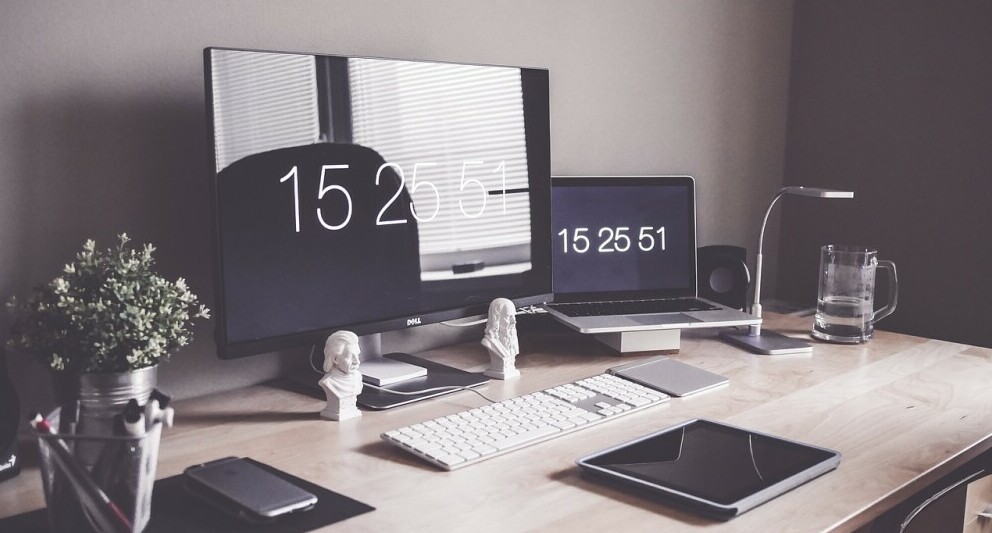 I find myself in front of screens constantly. Work, making money online,entertainment, staying connected with friends and family – technology pervades nearly every aspect of my life. Sound familiar?
I find myself in front of screens constantly. Work, making money online,entertainment, staying connected with friends and family – technology pervades nearly every aspect of my life. Sound familiar?
There’s growing evidence that our digital diet could be influencing our mental well-being. Researchers are tapping into how scrolling through social media and being reachable 24/7 can add stress and anxiety to our lives.
This constant connection fosters what’s been dubbed the ‘always-on’ culture. You’re expected to respond to work emails at midnight, catch up with the latest trends, and maintain an active social media presence. It’s as if you’re performing in a show that never ends, leading to feelings of burnout and mental exhaustion.
But I get it. We’ve all felt that compulsive phone check, or the silent demand to immediately reply to a text. I’ve noticed this in my experience and have seen friends wrestle with that delicate balance.
Recognizing the need to cultivate a healthier relationship with our devices is the first step. In the following section, ‘Defining Healthy Boundaries: When and How’, I will explore practical strategies to construct these boundaries, turning our focus toward reclaiming our mental space.
Defining Healthy Boundaries: When and How
 I’m a firm believer that your mental well-being is paramount, and setting boundaries around your use of technology is a huge part of that. Without these boundaries, your digital life can take over, leaving you feeling drained. It can also interfere with your physical well-being.
I’m a firm believer that your mental well-being is paramount, and setting boundaries around your use of technology is a huge part of that. Without these boundaries, your digital life can take over, leaving you feeling drained. It can also interfere with your physical well-being.
Prolonged exposure to blue light particularly digital screens like smartphones, computers, and tablets can cause digital eye strain, characterized by symptoms such as dryness, irritation, blurred vision, and headaches. The intense focus on screens can lead to reduced blinking, which exacerbates dryness and discomfort. The cumulative effect of blue light over time can potentially lead to long-term vision problems.
First, you need to recognize the signs that indicate a need for stricter boundaries. Do you feel anxious when you can’t check your notifications? Does your screen time interfere with sleep? These are red flags.
Committing to specific times of the day for checking emails and social media can create a rhythm that your mind can rely on. It reduces the chaos of unpredictability.
Establish clear, measurable goals for your social media activities, such as increasing brand awareness, driving website traffic, or generating leads. Allocate specific times during the day for social media activities, such as content creation, posting, and engagement. Stick to these time blocks to avoid spending excessive time online.Disable notifications for non-critical activities to reduce distractions and maintain focus on important tasks.
Balancing screen time, practicing digital mindfulness, and fostering offline connections can be crucial in mitigating negative effects. Determine periods during the day when you’ll switch off. Maybe that’s during meals, an hour before bedtime, or while you’re working on an important task. Use these moments to recharge.
Prolonged use of screens, especially before bedtime, can interfere with the body’s natural sleep cycle by suppressing melatonin production ,a hormone that regulates sleep-wake cycles. Exposure to blue light, especially in the evening, can disrupt circadian rhythms, making it harder to fall asleep and reducing sleep quality.Establishing a cut-off time for screen use can promote better sleep.
Another effective way to create boundaries is to use the built-in digital well-being tools on your devices. Set a time limit on certain apps and stick to it – this ensures you control your use, not the other way around.
Periodically take a complete break from social media to recharge and gain perspective. Remember, though, it’s not just about imposing limits; it’s also about replacing the time you would have spent on your devices with something equally or more fulfilling.
CREATE SPACE for other activities you enjoy – reading, exercise, or simply having a conversation. It is in these spaces that you often find clarity and peace.
Next, I’ll talk about how being mindful with your social media use specifically can have a profound impact on your mental health.
Navigating Social Media with Mindfulness
Imagine scrolling through your social media feed where each post is a considered choice, contributing positively to your day. It’s not a far-fetched scenario. Mindful social media use can significantly enhance mental health by fostering awareness and control over consumption patterns.
Start with intention. Ask yourself why you’re reaching for your phone. Is it habit, boredom, or genuine interest? My advice is to be deliberate in when and why you open a social media app. Set specific times for checking updates, and stick to them to prevent mindless scrolling.
Curating your feed to reflect your values and interests plays a vital role. Follow accounts that inspire and uplift you, and don’t hesitate to mute or unfollow those that evoke negative emotions or comparison. It’s YOUR digital space; make it a sanctuary.
Build a supportive online community. Engage with friends and pages that encourage positive interactions. Partake in discussions that matter to you, and contribute content that represents your authentic self. This community should be a source of comfort, not stress.
It’s essential to recognize and navigate away from the triggers that social media can present. Comparison, negative news, and the pursuit of validation through likes and comments can be detrimental. When you notice these feelings, take a step back and reflect on their impact.
Remember, vulnerability on social media is a double-edged sword. Sharing personal stories can foster connections, but it can also expose you to criticism. Share thoughtfully, and protect your emotional well-being above all.
Armed with these strategies, you can transform your social media into a tool for connection and inspiration rather than a source of stress and comparison. Now, I’ll guide you through the joys of embracing the world beyond the screen in the next section, where we’ll explore how to reconnect with the offline world.
Embracing Offline Life: Reconnecting with the World Around You
I advocate strongly for creating equilibrium between our online and offline lives. It’s not about shunning technology entirely, but rather integrating it in a way that promotes mental well-being.
I encourage you to rediscover activities that don’t require a screen. Whether it’s painting, hiking, or reading, pursue interests that engage your senses and passions outside the digital realm.
The touch of a book, the texture of paint, and the fresh air of the great outdoors can often provide what scrolling on a phone cannot: a sense of real connection with the physical world.
Invest time in face-to-face relationships. While it’s easy to feel connected through digital likes and comments, genuine human interaction provides a depth to relationships that technology cannot replicate.
Being constantly on your phone can make you less present in social situations. Limiting phone use during family time or social gatherings can enhance relationships and social well-being.I’ll share a story of a friend who found a new zest for life after limiting her online presence. She began volunteering at local shelters, joined a book club, and started attending yoga classes. These activities not only filled her time with joy and purpose but also helped her form meaningful community connections.
If you take one thing away from this article, let it be this: consider the value of your time and presence, both online and off. Crafting a life that includes technology without letting it dominate is key to maintaining your mental health.
